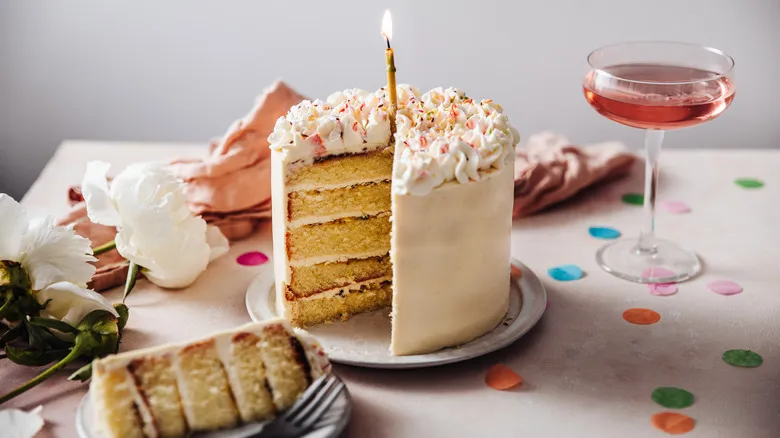How to freeze any kind of cake
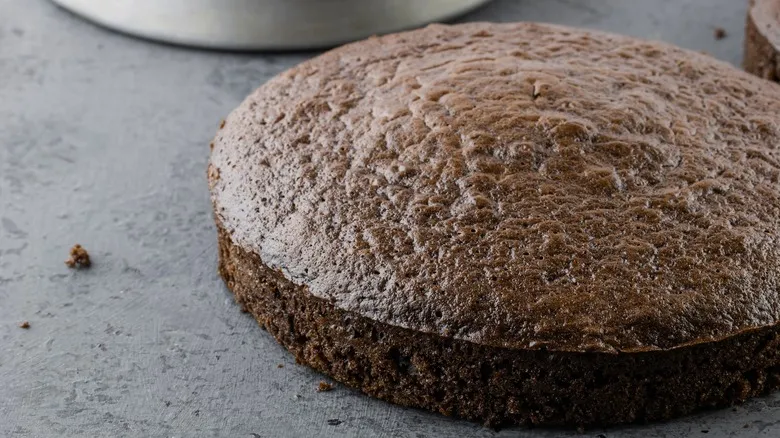
When it comes to layered cakes, you can stack the layers on top of one another after wrapping them, either on a baking sheet or in a container suitable for the freezer. Ensure the cake has cooled completely before transferring it to the freezer. If the cake is still warm, condensation may form inside the plastic wrap, which can negatively impact the cake's flavor and texture as the moisture freezes. This same method applies to loaf cakes, bundt cakes, or angel food cakes that do not have distinct layers.
Freezing a cake can simplify the frosting process. Partially frozen cakes are firmer, resulting in fewer crumbs and making them easier to decorate. However, be cautious not to let the cake freeze too hard before frosting. If it’s too cold, it can chill the frosting, making it challenging to spread. To thaw a frozen cake, place it in the refrigerator the night before you intend to decorate it. If you’ve also frozen your icing, do the same with that. Allow the frosting to sit at room temperature until it softens adequately.
For most frosting types, you can also freeze a cake that has already been frosted. (Note that some frostings, like glazes and meringue-based varieties, do not freeze well.) To freeze a frosted cake, set it in the freezer on a plate or baking sheet without covering it until it is sufficiently frozen, which should take about an hour, depending on the size. You’ll know it’s ready when you can touch the frosting without it sticking to your finger. At that point, wrap the entire cake in plastic wrap and aluminum foil.
How long can you freeze cake?
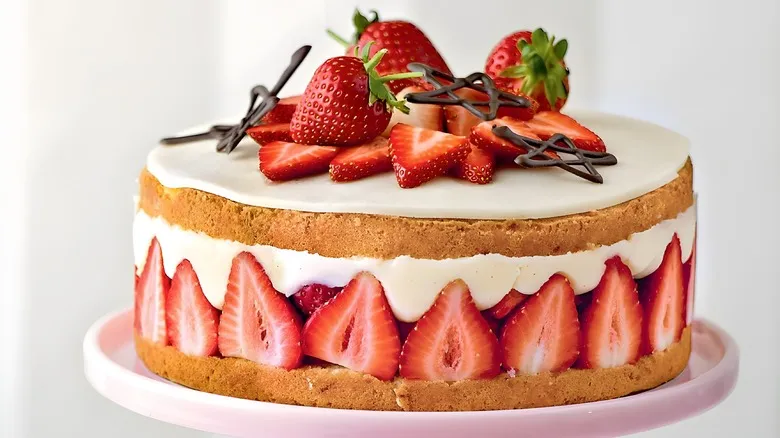
It's no surprise that serving your frozen cake sooner rather than later will result in a fresher taste. However, if properly wrapped, most cakes can be kept in the freezer for up to three months. If you exceed this timeframe, you may notice a decline in flavor and texture, so it's wise to plan your freezing schedule accordingly.
For cakes that are already frosted, the duration they can remain in the freezer depends on the type of frosting used. Buttercream frosting freezes exceptionally well and can be stored for up to three months, whether it's on the cake or in an airtight container by itself. One advantage of buttercream is that it doesn't freeze as hard as fondant icing due to its fat content, which helps minimize cracks during thawing. If you do encounter cracks, there's no need to worry; fixing cracked fondant is simple. Just pinch the edges of the crack together, apply a small amount of shortening or your preferred oil to the tear, and gently rub in a circular motion with your fingers until the crack is sealed. For larger tears, you can also use edible flowers or a layer of piping frosting to cover them up.
Recommended
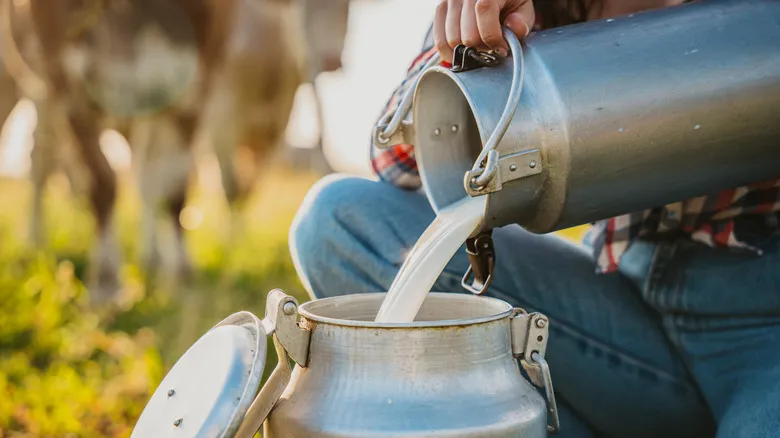
The Tuberculosis Risk Behind TikTok's Beloved Raw Milk
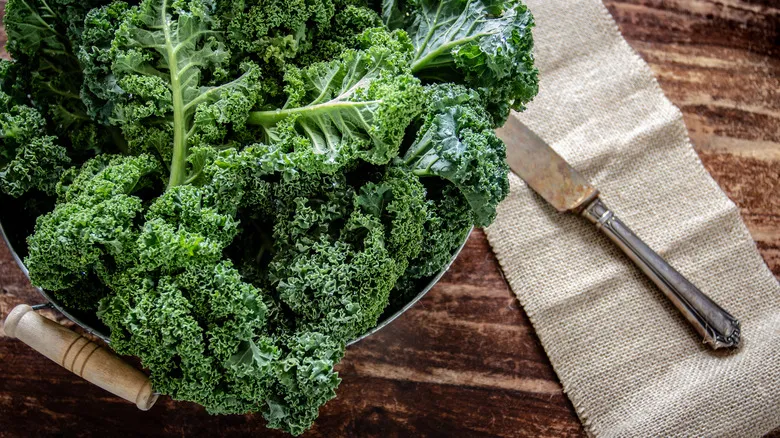
The Key To Storing Kale So It Actually Lasts

The Best Way To Open A Bag Of Frozen Veggies To Prevent Freezer Burn
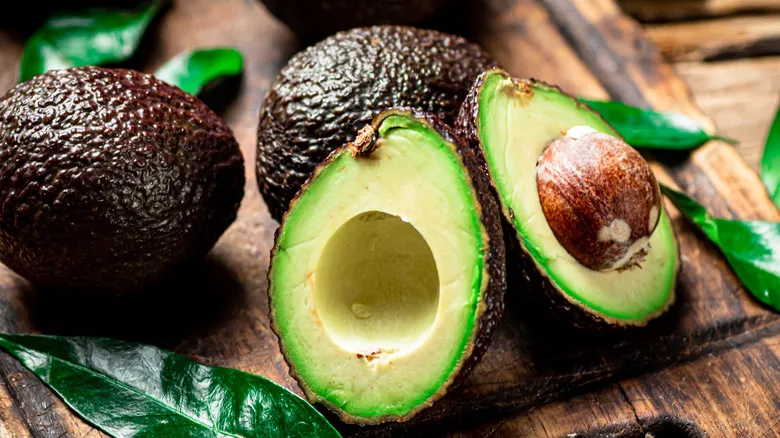
Why You Should Never Store Avocados In Water
Next up

